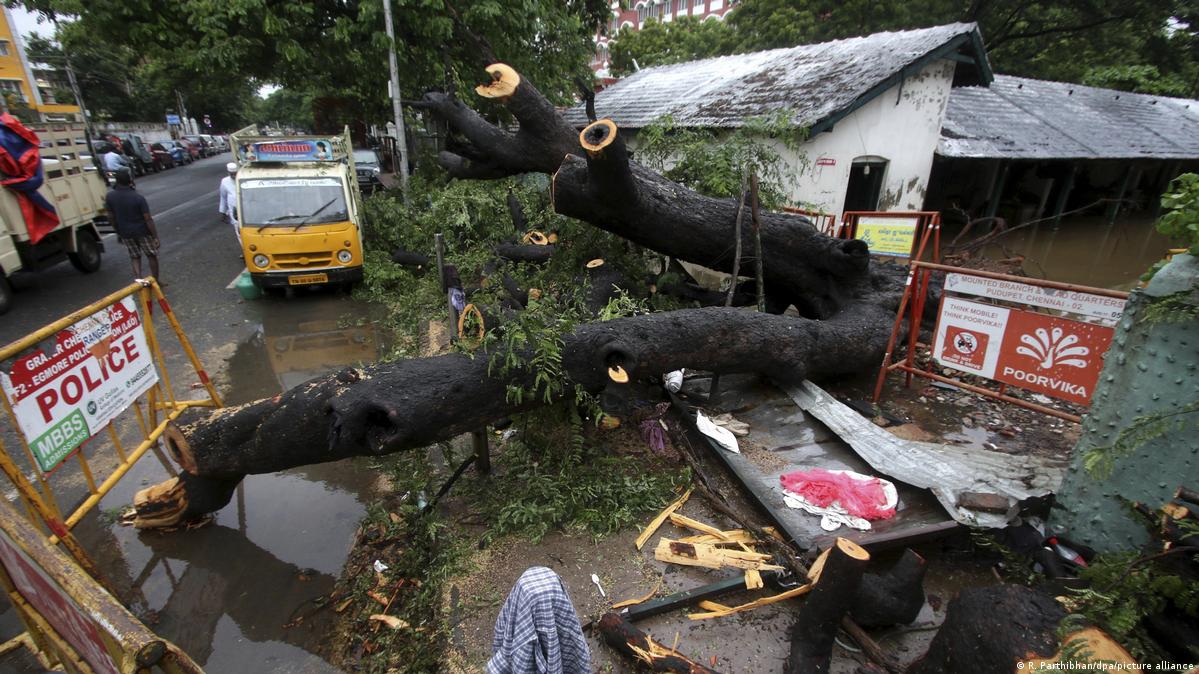Tropical Cyclone Nivar – Geography Grade 12 Research Task

On this page, we have compiled a general guide for Grade 12 Geography Students who are doing their research on Tropical Cyclone Nivar.
In November 2020, Tropical Cyclone Nivar emerged as a significant meteorological event, marking itself as only the third cyclone to make landfall in India since the formidable storm Amphan earlier in May of the same year. This educational article delves into the formation, trajectory, and impacts of Cyclone Nivar, equipping students with a comprehensive understanding of its dynamics and effects.
Why do tropical cyclones such as Nivar develop in late summer?
Tropical Cyclone Nivar developed in the Bay of Bengal during late November 2020, a period when ocean temperatures are warm enough to support cyclone formation. Warm sea temperatures are crucial for cyclone genesis, providing the energy needed for these systems to develop and intensify.
What is the impact of coriolis force and latent heat on the development of tropical cyclone Nivar?
The Coriolis force and latent heat were instrumental in the development of Tropical Cyclone Nivar. The Coriolis effect, due to the Earth’s rotation, gives the storm its spinning motion, while the release of latent heat during water vapor condensation supplies the energy that fuels the cyclone’s intensification and sustenance.
Discuss the stage of development of the tropical cyclone Nivar.
Forming in the Bay of Bengal, Tropical Cyclone Nivar made landfall between 26 and 28 November 2020, hitting Puducherry and parts of Tamil Nadu, including Chennai, as well as Andhra Pradesh. Initially classified as ‘very severe’, Nivar weakened to ‘a severe cyclonic storm’ after landfall, demonstrating the typical lifecycle of tropical cyclones as they interact with land.
Why can category 1 tropical cyclones be more destructive (damaging) than category 5 tropical cyclones?
Though not explicitly detailed in the reports on Nivar, it is understood that category 1 tropical cyclones can cause significant damage, particularly if they affect vulnerable, densely populated areas, due to prolonged wind, rain exposure, and the heightened potential for flooding, as observed with Nivar’s impact.
How did this tropical cyclone impact the following?
Environment
Tropical Cyclone Nivar led to extensive environmental damage, including over 1000 uprooted trees, flooding, and blocked waterways, showcasing the significant environmental disruption that can occur with such storms.
Economy
Nivar caused substantial economic losses through flooding, destruction of crops and plantations, damage to infrastructure, and the disruption of power supply, underscoring the broad economic impacts of cyclones.
People/Communities
The cyclone claimed four lives, injured several, and displaced thousands, with around 175,000 people taking shelter in rescue shelters. Evacuation efforts and the imposition of prohibitory orders to restrict movement were critical responses to safeguard communities.
What precautions can be implemented/ or has been implemented to reduce the impact of the tropical cyclone.
The local government/Government of the country
Preventive measures included mass evacuations, the deployment of the National Disaster Response Force (NDRF), and advisories on cyclone preparedness. Tamil Nadu’s government also took measures to prevent metropolitan flooding in Chennai, showcasing proactive disaster management.
The local residents
Local residents were advised to secure their homes, switch off utilities, and heed official warnings. Such preparedness actions are crucial for minimizing personal and property loss during cyclones.
Evaluate the impact of Global Warming on the frequency (regularity) of tropical cyclones such as Nivar.
The warming of oceans, attributed to climate change, is linked to more intense cyclones and dangerous storm surges in the Bay of Bengal, as observed with Nivar. Conditions like La Nina further contribute to favorable cyclogenesis environments, suggesting that global warming may increase tropical cyclones’ frequency and severity.
Conclusion/Summary
Tropical Cyclone Nivar serves as a stark reminder of the devastating potential of tropical cyclones and the importance of preparedness, early warning systems, and effective disaster response mechanisms. The cyclone’s impacts on the environment, economy, and communities highlight the multifaceted challenges posed by such natural disasters, reinforcing the need for comprehensive strategies to mitigate their effects in an era of climate change.

[…] Tropical cyclones Nivar […]